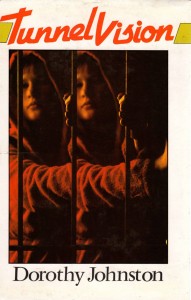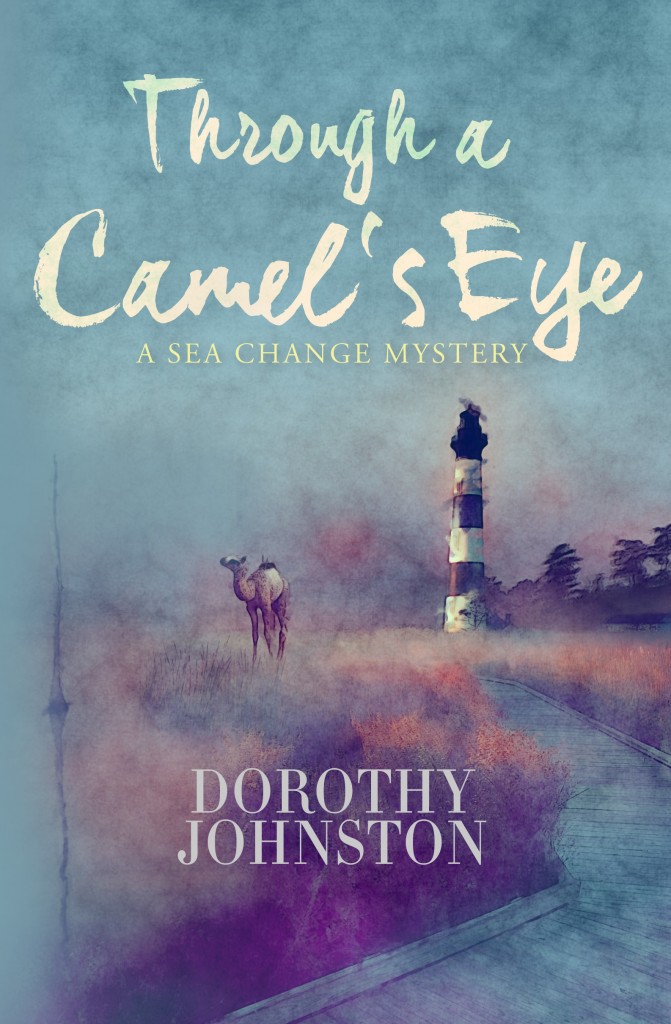My review of Stephanie Bishop’s second novel, The Other Side of the World was published in the Fairfax newspapers this weekend. Bishop was named one of the Sydney Morning Herald’s Best Young Australian Novelists for her first novel The Singing.
This second one – and the other side of the world is Australia, viewed from the northern hemisphere, mainly England – tells the story of a young couple who emigrate to Fremantle in the 1960s.
I won’t repeat the points I make in my review, except to say that The Other Side of the World is an accomplished, moving novel. Instead I’m adding a few thoughts about historical fiction and contemporary writing styles, which I didn’t have the space to mention in my 700 word review.
It’s commonplace to say that historical fiction has enjoyed a renaissance in the last couple of decades, and that this includes works set in the distant, as well as the more recent past – a category that includes Stephanie Bishop.
Bishop’s intimacy with her characters, and the thin membrane which separates their inner lives from the physical worlds around them, works admirably for the story that she has to tell. She says in her acknowledgements that the novel was inspired by the migration of her grandparents. Bishop can draw on universal themes of exile and displacement without having to confront the thorny problems an author faces when dealing with historical events that are widely known, and people who are part of general, that is more than family, history.
Bishop’s up-close-and-personal way of writing has become very familiar to me in recent years as a reviewer and a reader – so much so that deviations from it are unusual. An interesting example is Emily Bitto’s The Strays, which won the 2015 Stella prize. Many reviews have been written of The Strays, most of them highly favourable, and the novel, in my opinion, has much to recommend it. But it popped up in a facebook discussion recently where questions were raised about book’s glittering, imagistic surface compared with the depth and solidity of historical events that took place during the time that the novel covers, events such as the Great Depression, which are not so much engaged with as part of the author’s project, as occasionally referred to.
I’m not putting any of this forward as a way of criticising Bishop, but I do believe there are issues peculiar to historical fiction, matters which ought not to be overlooked, though they often are. These include how to create the resonance of time passing – often a long time – between the characters and events of the novel and the author’s and reader’s present; and how to bring the past to life without pretending, or encouraging the reader to pretend, because she or he feels so ‘close’ to the characters, that it is, necessarily, anything like the world we live in today.














